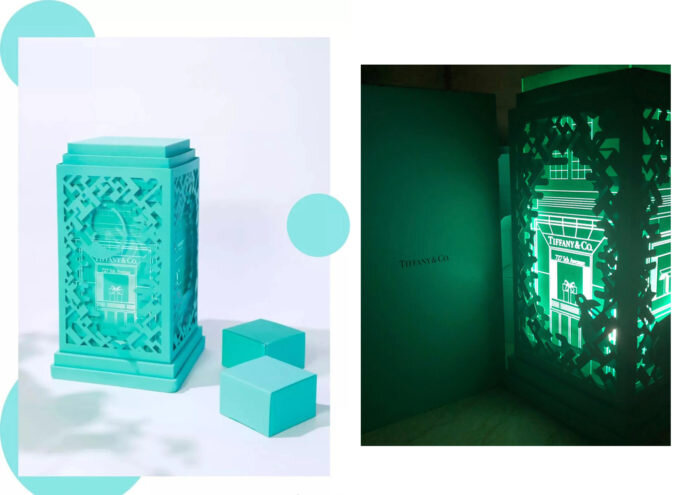While WeChat may be the most appealing option for brands to reach potential Chinese consumers in North America, don’t forget about other platforms.
YouTube and Facebook posts have proven to be a very effective strategy for many brands and businesses. By posting Chinese-specific content on these platforms, it adds another element in capturing the attention of the Chinese audience and gives a different outlet for them to identify with brands.
Many Chinese citizens in North America spend a majority of their time online using Facebook, YouTube, or Instagram. According to a new study about Chinese Canadian’s media habits, Facebook usage is most popular overall (31%), and their use of social media varies by age and length of residency in Canada. Hong Kong and Taiwan immigrants are also very active on these platforms.
In 2019, the number of Facebook users in Hong Kong amounted to around 6.5 million and was forecasted to grow up to 7.2 million by 2025.
It’s becoming increasingly worthwhile and cost-effective for brands to utilize these general marketing channels — resulting in opportunities to boost leads and sales.
Rich, creative, and authentic content is always the key. But what are these ads and posts doing differently to reach the Chinese community effectively?
1. Brands will need to create Chinese-language content, more so in Mandarin if the target audience is from Mainland China. For example, Listerine Green Tea Zero recently advertised its 15 second commercial on YouTube in Mandarin. Since most consumers tend to pay more attention to messages in their language, these ads are more likely to break through the clutter in the users’ news feed.
2. Culture is another element to be considered for ad creatives. By integrating Chinese cultural elements into communication materials or by presenting a China-related theme, brands can draw a closer connection through its storytelling.
Posted last year, two popular characters of Warner Brothers, Tom and Jerry, used Chinese Spring Festival couplets related to the Year of Rat to promote its first-ever live-action movie.
3. The protagonist or feature characters should be of Chinese descent — allowing the audience to see their culture represented in the story.
A Starbucks’ commercial in 2018 featured a Chinese coffee roaster who travels to Seattle to learn the craft of coffee while taking a photo every day for his wife in China. Their love for each other and coffee highlights the brand’s value and draws a connection to its cultural audience.
Marketing and communication strategies developed for these social platforms help to manage the cultural gap between companies and consumers.
By being mindful of these Chinese-related elements, Facebook, YouTube, and Instagram can work as powerful messaging tools to promote products and drive brand awareness within the Chinese audience.
Chinese consumers represent a growing market in North America. Do you need to build marketing campaigns by leveraging these social networks for your company and reach this cultural community? Connect with us, and our team can help you get the communication results you are looking for.
For every business, you can contact us at info@spotlightwest.ca, or follow our social media accounts (Facebook, Instagram, Twitter).


























